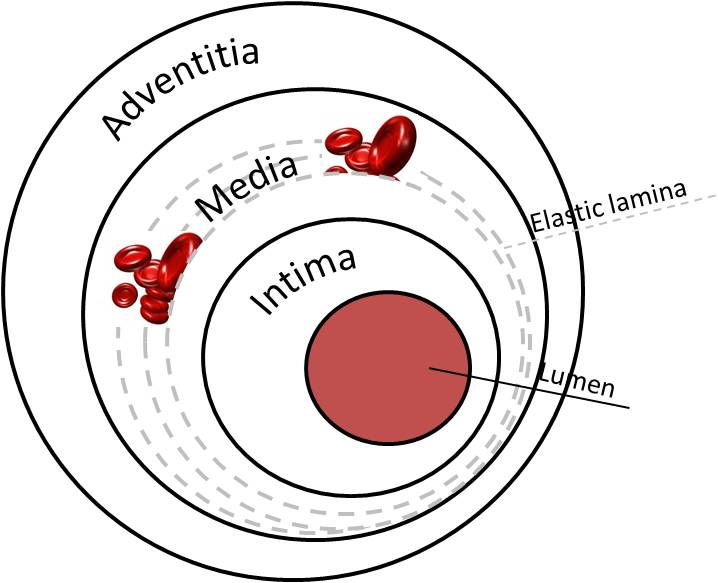

Some of these models describe airway length and diameter as a decreasing function of the order of generation, predicting the mean bronchial length and diameter of each generation as a function of trachea length and diameter ( Weibel & Gomez, 1962 Weibel, 1997 Mauroy et al. Morphometric studies of the bronchial tree have previously been performed in a small number of cadavers of different species ( Weibel & Gomez, 1962 Weibel, 1963 Horsfield & Cumming, 1968 Horsfield et al. In vivo conducting airway morphometry has seldom been reported so far, due to the difficulty of imaging complex three-dimensional (3D) structures.

However, many physiological parameters (resistance of the conducting airway tree, dynamics of flow through bronchi and responsiveness to various physiological or therapeutic events) depend on the geometric properties of bronchi ( Bates, 1993). Our current knowledge of lung physiology in human is mainly based on pulmonary function and relies on pulmonary functional tests (PFTs). Multi-detector computed tomography measurements of bronchial morphometric parameters may help to improve our knowledge of bronchial anatomy in vivo, our understanding of the pathophysiology of bronchial diseases and the evaluation of pharmacological effects on the bronchial wall. Mean wall area, lumen area, wall thickness and lumen diameter were then provided according to bronchial generation order, and mean homothety ratios were computed for wall area, lumen area and wall thickness as well as equations giving the mean value of each parameter for a given bronchial generation with respect to its value in generation 0 (trachea). Measured lumen diameters and homothety ratios were compared with theoretical values obtained from previously published studies, and no difference was found when considering dichotomic division of the bronchial tree.
Lumen anatomy software#
A validated dedicated software package was used to measure these morphometric parameters up to the 14th bronchial generation, with respect to Weibel's model of bronchial morphometry, and up to the 12th according to Boyden's classification. This paper reports in vivo values of cross-sectional wall area, lumen area, wall thickness and lumen diameter in ten healthy subjects as assessed by multi-detector computed tomography. However, these models do not provide information on bronchial wall thickness. Theoretical and clinical models of bronchial morphometry have so far focused on bronchial lumen diameter, and bronchial length and angles, mainly assessed from bronchial casts. A thickened bronchial wall is the morphological substratum of most diseases of the airway.


 0 kommentar(er)
0 kommentar(er)
